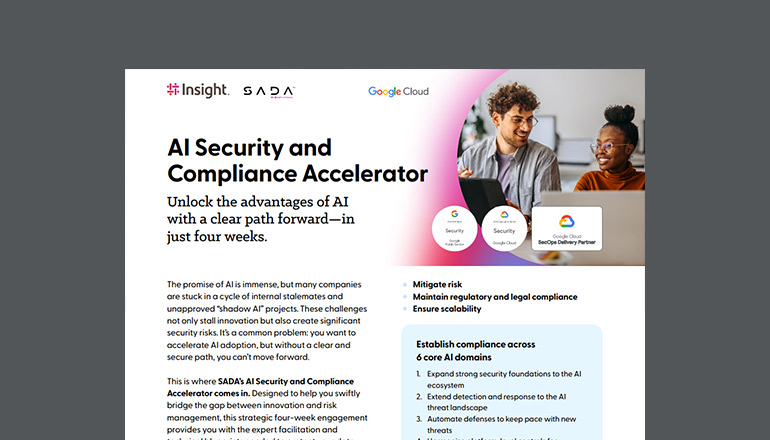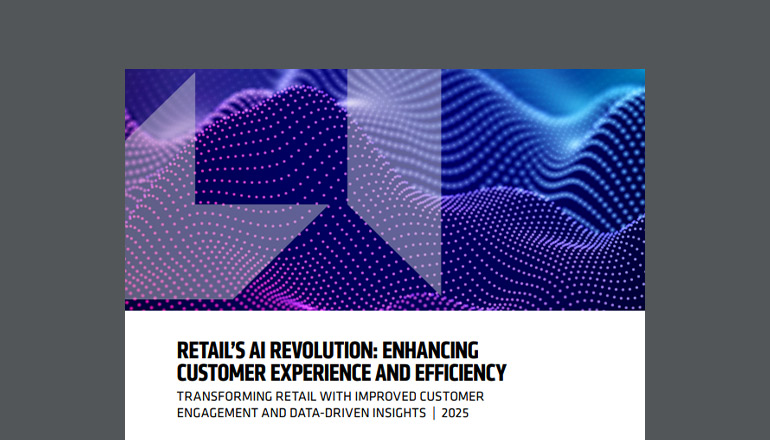Listicle text included for screen readers:
How IT Helps Healthcare Organizations Put Patients First
Top health industry issues of 2020:
- Growing consumer demand for value, transparency and affordability
- Addressing a rise in DIY healthcare practices
- Seeking opportunities through innovation
- Training new, upskilled workers
What do patients want?
- Personalized, actionable healthcare data to make more informed decisions
- Greater visibility into treatment plans and costs
- Remote telehealth services that reduce the time spent at a care facility
Devices and data, better together
Fitness bands: Connected devices help physicians monitor blood pressure, heart rate, glucose levels and more without requiring an in-person visit.
The results: Reduced costs associated with unnecessary doctor visits, enhanced communication between both provider and patient, and faster diagnosis
Smart alerts: When doctors are able to track a patient’s adherence to treatment plans, they can monitor whether or not to keep the medication ongoing, or make a change.
The results: Proactive treatment, improved quality of care and error reduction
Tracking & storage: Keep track of equipment, such as wheelchairs, defibrillators, oxygen pumps and more, as well as medication. Or put sensors in storage rooms or refrigerators to ensure an acceptable environment.
The results: Better drug and equipment management, higher patient satisfaction due to always-available supply and greater visibility
AI creates powerful outcomes
Explore some of the ways organizations can leverage Artificial Intelligence (AI):
Administrative workflow
AI has the potential to do 40% of the tasks done by nonclinical staff and 33% of the tasks done by clinical staff. It can also automate financial services for billing and collections, claims management and insurance verification.
Chatbots
81% of patients would schedule their own appointment via a secure web service and 57% expect doctors to send automated texts, voice or email reminders urging them to schedule appointments or take medications.
Robotic assistants
A study by Harvard Business Review analyzed 379 orthopedic patients and found that AI-assisted robotic procedures resulted in five times fewer complications compared to surgeons operating alone.
Faster response time
A Danish AI software with deep-learning capabilities was put to the test listening in on emergency calls and was able to detect cardiac arrests based on the tone of the voice at a 93% success rate compared to 73% for humans.
Making sure data is safe
While the ability to collect data is useful, it can be a challenging process. Obstacles to monetizing data include:
- 34% poor data reliability
- 33% poor data protection and privacy regulations
- 30% a lack of analytical talent
For patients, security and confidentiality is a key concern.
62% of patients would rather have their data protected even if it means foregoing easier access.
But you can have the best of both worlds by ensuring HIPAA compliance and PHI security:
- Categorize threats and establish appropriate response levels.
- Enlist the aid of IT professionals to encrypt your organization’s data through a VPN.
- Provide access-control options and conduct audit controls.
- Authenticate users with two-factor sign-ins such as a passcode with biometric identification or a PIN number with a thumbprint verification.
- Periodically review and update security practices in response to environmental and organizational changes.
Training for next-level care
45% of industry leaders say their workforce’s capabilities are a significant barrier to organizational change.
Don’t let skill gaps prevent your organization from embracing the latest tech for healthcare.
Steps to integrate innovations into the workforce include:
- Aligning your technology strategy with your organizational objectives
- Creating a culture that embraces change from the top down
- Deciding if your business needs to partner with an AI consultant or vendor to realistically assess your challenges and capabilities
- Establishing rules for decision-making, communication and training
- Remembering that training is an ongoing process
- Soliciting feedback from patients, providers and other users to measure performance and compare to benchmarks







